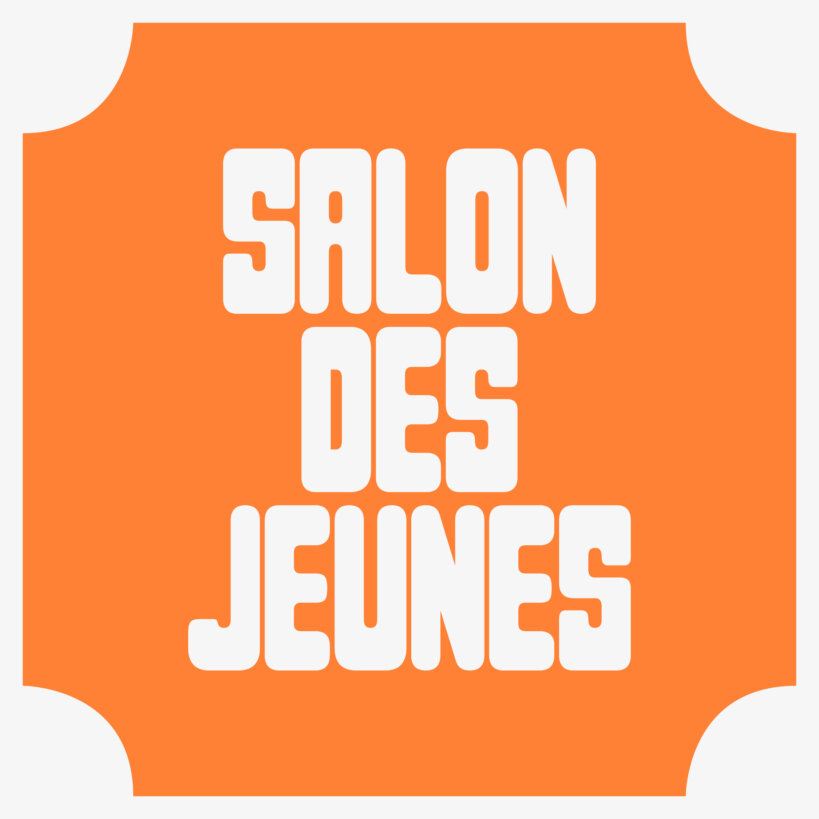During the 19th century, Ghent ‘Salons’ were an opportunity for artists to present their work. Held every three years, these were effectively a combination of exhibition, art competition and gallery space. This year the MSK’s youth crew, Schoonvolk, brings this tradition back to life with the ‘Salon des Jeunes’! The youth crew challenged talented young people to take inspiration from works in the MSK collection that were created by masters such as Ensor, Van Rysselberghe and Van Dyck when they themselves were young, still wet behind the ears and looking for answers.
Gallery E: Salon des Jeunes
Exhibition
07.10.21 – 16.01.22
07.10.21 – 16.01.22
